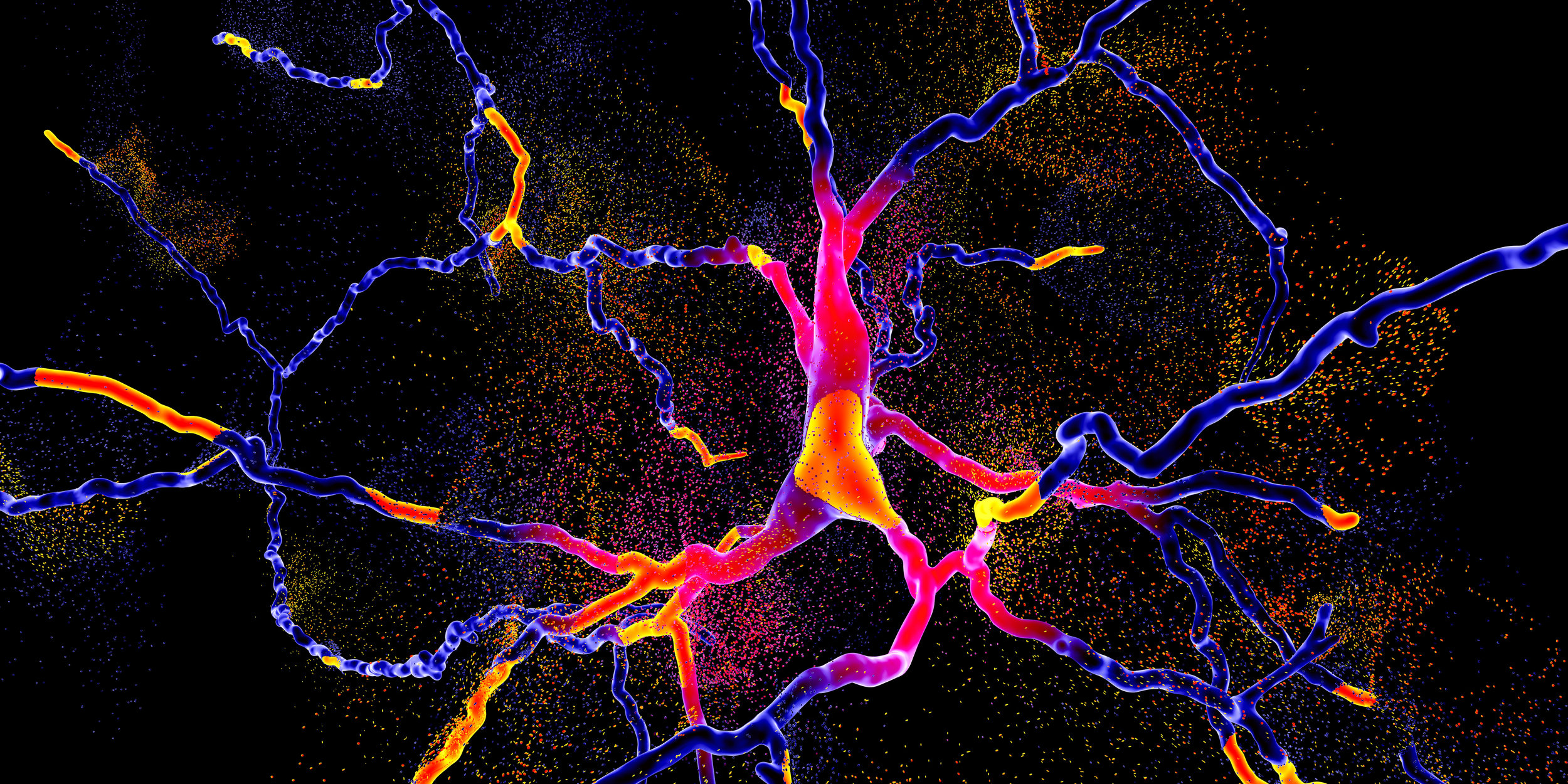Nobel Prize in Chemistry Honors Quantum Dot Innovations in Television Technology

Three scientists pushing back the boundaries of nanoscale particles – leading to advancements in TV screens, LED lamps and medical tools have scooped this year’s Nobel Prize in Chemistry.
Moungi Bawendi of MIT, Louis Brus from Columbia University and Alexei Ekimov of Nanocrystals Technology received the prestigious honour for what judges described as “the discovery and development of quantum dots”.
Quantum dots are semiconductor nanoparticles which exhibit size and composition-dependent optical and electronic properties.
In the early 1980s, Alexei Ekimov succeeded in creating size-dependent quantum effects in coloured glass. The colour came from nanoparticles of copper chloride. Ekimov demonstrated that the particle size affected the colour of the glass via quantum effects.
A few years later, Louis Brus was the first scientist in the world to prove size-dependent quantum effects in particles floating freely in a fluid.
In 1993, Moungi Bawendi revolutionised the chemical production of quantum dots, resulting in almost perfect particles. This high quality was necessary for them to be utilised in applications.
Quantum dots now illuminate computer monitors and television screens based on QLED technology. They also add nuance to the light of some LED lamps, and biochemists and doctors use them to map biological tissue.
Adds a spokesman for the Royal Swedish Academy of Sciences – which is behind the Nobel Foundation: “Quantum dots are thus bringing the greatest benefit to humankind. Researchers believe that in the future they could contribute to flexible electronics, tiny sensors, thinner solar cells and encrypted quantum communication – so we have just started exploring the potential of these tiny particles.”
The legacy of nanotechnology can be traced back over a century and a half, originating from the endeavours of British scientist Michael Faraday. He pioneered the creation of the first gold nanoparticles by placing fine gold leaf sheets onto microscope slides.
While perfecting this domain of science demands time, acquiring the necessary apparatus is neither expensive nor challenging.
High school students, provided they have a decent lab setup, can replicate nanotechnology experiments, added Professor Rigoberto Advincula from Oak Ridge National Laboratory and the University of Tennessee. He applauded the Nobel Committee's choice, deeming it both commendable and long-awaited.
Looking forward, Advincula envisions a fusion of nanotechnology with artificial intelligence and machine learning, elevating its potential even further. Such advancements might expedite medical diagnoses or aid in the design of innovative sensors.
"I'm incredibly elated," expressed Judith Giordan, the head of the American Chemical Society, following the prize's announcement. "This epitomises the journey from conceptualizing a phenomenon to its practical realisation and subsequent upscale to manufacturing."
Giordan envisions the most promising applications of nanotechnology in enhancing the efficiency of solar cells and devising probes to inspect cancer cells more closely.
Across the Atlantic, Gill Reid, leading the Royal Society of Chemistry in England, extended her congratulations to the Nobel recipients.
She said: "Outstanding scientific achievements stem from a confluence of varied perspectives. This year's accolade exemplifies the collective spirit of diverse experts working in distinct settings across the globe. In the realm of chemistry, we thrive on collaboration, underlining the essence and joy of scientific pursuits."





